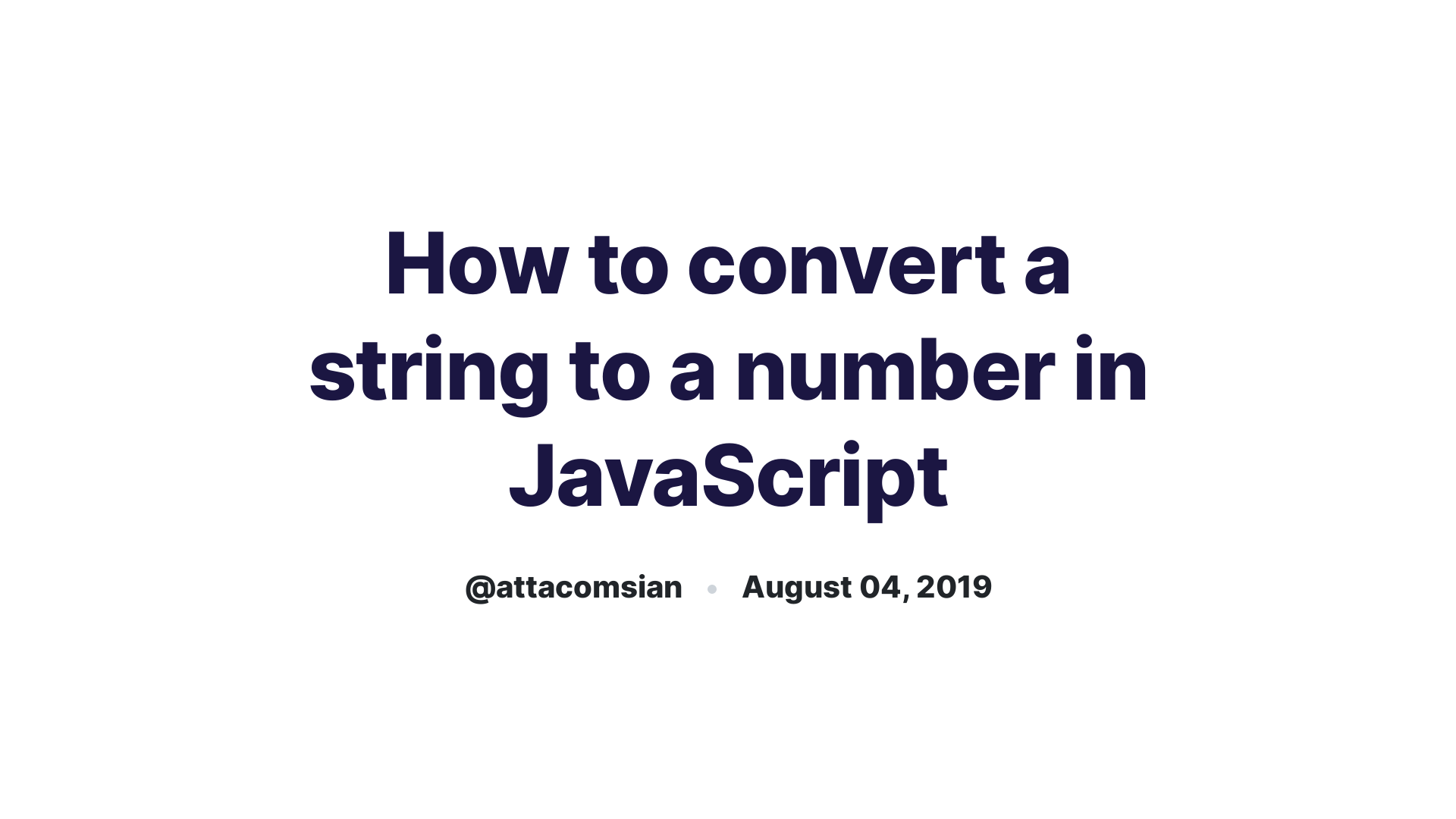
If we set the Text property of a Label control to this formula, for example, a GUID is generated each time the user changes the value of the Text input control: The function will be reevaluated if it's part of a formula in which something else has changed. Only closing and reopening the app will result in a different value. If nothing else changes in the formula, it will have the same value throughout the execution of your app.įor example, a label control for which the Text property is set to GUID() won't change while your app is active. When used in a data-flow formula, a volatile function will return a different value only if the formula in which it appears is reevaluated. Each time the function is evaluated, it returns a different value. GUID is a volatile function when used without an argument. When converting a string to a GUID, this function supports any GUID version by accepting any string of 32 hexadecimal digits. When generating a new GUID, this function uses pseudo-random numbers to create a version 4 IETF RFC 4122 GUID. The GUID value will be converted to a hexadecimal representation string with hyphens and lowercase letters. To convert a GUID value to a string, simply use it in a string context.

If you don't specify an argument, this function creates a new GUID. The string passed can contain uppercase or lowercase letters, but it must be 32 hexadecimal digits in either of these formats: GUID values are used as keys by database systems such as Microsoft Dataverse and SQL Server. Use the GUID function to convert a string that contains the hexadecimal representation of a GUID into a GUID value that can be passed to a database. Converts a GUID ( Globally Unique Identifier) string to a GUID value or creates a new GUID value.


 0 kommentar(er)
0 kommentar(er)
